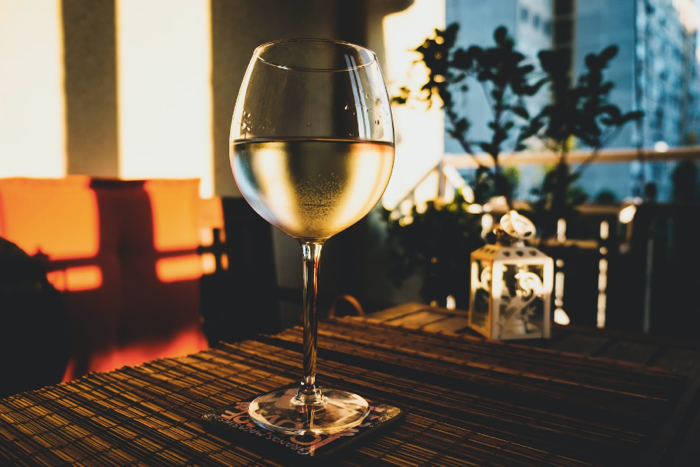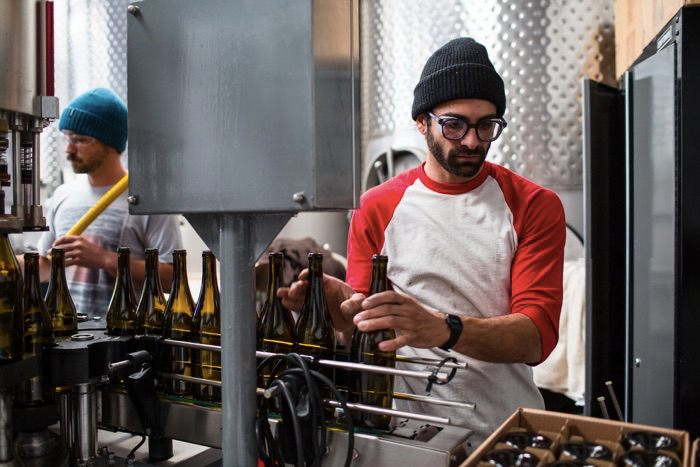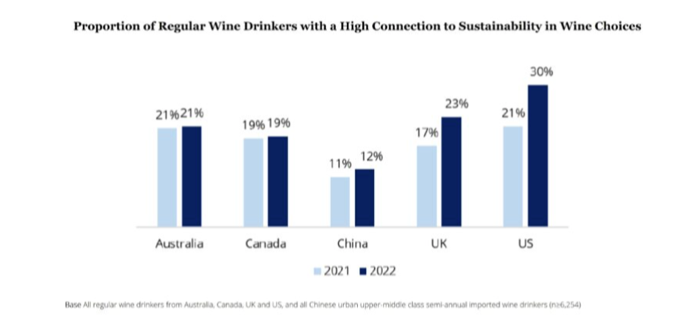Emerging White Wine Trends
Indulge in the future of white wine. From indigenous varieties to micro-productions and sustainable practices, uncover the latest emerging white wine trends.

Wine trends are ever-evolving, with each year introducing a fresh bouquet of flavours, techniques, and consumer preferences. Also, the white wine scene is bursting with innovation and transformation.
From sustainable winemaking practices to exotic grape varietals capturing the limelight, the world of white wine is set to enthral enthusiasts and casual drinkers alike. Join us as we uncork the latest trends in the wine market and predict what the next sips of this illustrious beverage hold.
A Historical Perspective on White Wine
White wine has a rich and fascinating history dating back thousands of years. Although red wine often hogs the limelight, white wine has also made its mark. It is interesting to note that in ancient Greece and Rome, the preference for white wine was so strong that it was even diluted with water before consumption.
This dilution was not only a way to create more servings from limited supplies but was also seen as a sign of sophistication and refinement.
In the 18th century, German winemakers began experimenting with different grape varieties, which led to the discovery of Riesling. This aromatic and versatile white wine quickly gained popularity throughout Europe and beyond.
During the phylloxera crisis of the late 19th century, when vineyards across Europe were devastated by this plague, white grape varieties fared better than their red counterparts, as they showed more resistance to this destructive insect.
Emerging Wine Trends
Fast forward to modern times; we see steadily evolving new trends in white wines. Let's discover the emerging ones here:
The Renaissance of Indigenous Varieties
Recently, we have noticed a significant inclination towards indigenous grape varieties. Winemakers around the world are reintroducing ancient grapes, offering wine enthusiasts an authentic and rare taste. Varieties such as Albariño, Grillo and Furmint are coming to the fore, offering distinctive flavour profiles that set them apart from conventional options.

Micro-Productions and Limited Editions
The rise of micro-productions can be attributed to a growing demand for artisanal wines made with the utmost care and precision. These small-batch productions allow winemakers to closely monitor every aspect of the process, resulting in wines that show their true artistry.
The advantage lies not only in the meticulous attention to detail but also in establishing a personal connection between makers and consumers.
Limited editions, on the other hand, provide an exciting opportunity for wine aficionados to discover hidden gems within the white wine category. These releases often feature distinctive blends or single-vineyard expressions that push boundaries and challenge traditional notions of white wine.
By deliberately limiting availability, wineries create an air of exclusivity around these offerings, attracting collectors and enthusiasts who crave something truly exceptional.

Back to the origins
Wine enthusiasts have long appreciated traditional winemaking techniques for their ability to produce wines with unique characteristics and depth. In recent years, however, these techniques have taken on a new prominence in the world of white wine.
As consumers become more adventurous in their taste preferences, winemakers are experimenting with traditional methods to create white wines that push the boundaries of flavour and texture profiles.
Sustainability and Ecological Awareness
Sustainability and environmental awareness are increasingly important in the wine industry, and the trend is especially evident in white wine. Winemakers are adopting sustainable practices throughout their vineyards, from reducing water use to implementing organic farming methods.
This shift towards sustainability not only benefits the environment by minimising the use of chemicals and preserving natural resources but also produces wines that better reflect their terroir.

Consumers are now more aware of the origin of their food and drink and are looking for products that align with their values. As a result, wineries that prioritise sustainability can differentiate themselves in an oversaturated market.
In addition to sustainable practices during cultivation, eco-friendly packaging is also gaining ground among white wine producers. The use of recycled materials or lightweight bottles reduces carbon emissions during transportation while maintaining high-quality packaging.
In addition, this eco-friendly approach encourages winemakers to experiment with alternative grape varieties suitable for a changing climate. As rising global temperatures affect traditional growing regions, white grapes that thrive in colder climates are gaining attention.
Non-Alcoholic White Wines
Alcohol-free wines are taking the wine industry by storm, capturing the attention of both avid wine enthusiasts and health-conscious consumers. With advances in technology and winemaking techniques, non-alcoholic white wines can now offer flavours, aromas and complexities similar to their alcoholic counterparts.
Gone are the days when non-alcoholic white wines were dismissed as bland substitutes. Winemakers have recognised the growing demand for quality non-alcoholic options and have risen to the challenge.
Today you can find a wide range of non-alcoholic white wines made from a variety of grape varieties such as Chardonnay, Sauvignon Blanc, Riesling and Pinot Grigio. These wines undergo special processes to eliminate or prevent the formation of alcohol while retaining the charming characteristics that make drinking white wine so pleasurable.

What makes non-alcoholic white wines especially interesting is their potential to broaden our tasting horizons. They open doors to creative experimentation with unique blends and combinations of grapes that would not have been possible before. This shift in focus towards non-alcoholic alternatives also aligns with the shift in consumer preferences towards healthier lifestyles.
The Experience Beyond the Bottle
Today, enjoying white wine transcends the simple act of tasting a glass. Wineries offer immersive experiences, from vineyard tours to wine tasting workshops, allowing enthusiasts to immerse themselves in the world of white wine. These experiences amplify the joy of understanding the complexities of each varietal.
Conclusion
In conclusion, the world of white wine is constantly evolving, with new trends and styles emerging every year. From the rise of natural and organic wines to the growing popularity of lesser-known grape varieties, there is a wealth of interesting options for white wine enthusiasts to explore.
In addition, the growing focus on sustainable viticulture and winemaking practices ensures that consumers can enjoy their favourite white wines with a clear conscience. As we move forward, it will be fascinating to see how these emerging trends shape the future of wine production and consumption.
Resources:
https://www.theiwsr.com/sustainability-concerns-drive-interest-in-organic-natural-and-alternative-wines/
https://www.theiwsr.com/key-statistics-the-no-alcohol-and-low-alcohol-market/
https://www.theiwsr.com/key-trends-for-wine-in-2023-and-beyond/
You May Be Also Interested in
- White Wine Basics
- Understanding White Wine Sweetness Levels
- 10 Galician whites ideally priced for all budgets
- Piedmontese white wines
- Godello, fresh white wines
- Italian whites, naturally summery
- Riesling: all you need to know about this grape and its wines
- Pinot gris: everything you need to know about this grape and its wines
- The godello grape: everything you need to know about this variety and its wines
- Wines Like Chablis Alternatives